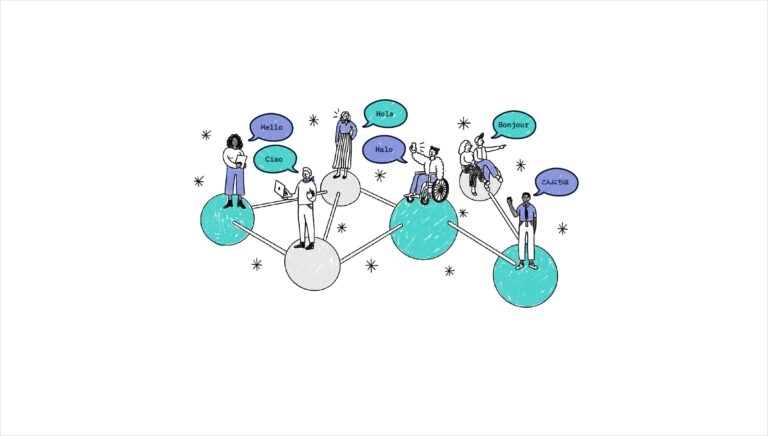Editor’s note: On May 24, 2021, LiveRamp introduced RampID™, a new name for the LiveRamp pseudonymous identifier, formerly known as IdentityLink.
We’re excited to announce our support for the LiveRamp IdentityLink via the Index Exchange Wrapper. The IdentityLink is a hashed, people-based identifier used for custom audience buying in the open market across devices and environments. We have begun enabling IdentityLink transmission for eligible media owners and buyers on the Index Exchange platform.
Benefits of the LiveRamp IdentityLink
People-based identifiers, such as the IdentityLink, have significant benefits over cookie-based identifiers, including:
- Unlocking cross-environment matching
- True frequency capping across supply paths and environments
- Slower decay rates
- Persistent opt-outs for consumers
While all of these benefits will propel the industry forward, the most transformative benefit is that marketers can now transact against their high-performing, first-party, people-based audiences on the open web.
Unlocking people-based buying for the open web
In the last five years, there has been a tremendous amount of growth in first-party, people-based buying in digital advertising. What is people-based buying? Often referred to as a custom audiences feature, it allows media buyers to upload lists of customers—for example, consumers who purchased tennis sneakers in the last 15 days—and seamlessly direct advertisements to them in digital environments.
Due to the high-performance nature and ease of actioning against these audiences, this type of feature has proven to be immensely successful for buyers. The downside? People-based buying has only been available on closed platforms, also known as the walled gardens.
According to eMarketer, the success of people-based buying helps explain why 70% of digital ad spend goes to these closed platforms, while said platforms only account for 45% of time spent. It’s not due to the native data; it’s actually the buyers’ first-party data facilitated via a match that explains this disparity.
Media buyers want the flexibility of using people-based buying, but on the scale of the open web. Meanwhile, media owners want to help marketers achieve their goals, while also increasing spend, bid density, and CPMs.
How does this all work?
Through LiveRamp’s real-time identity (RTI) adapter within the Wrapper, media owners can infuse bid requests with the LiveRamp encrypted envelope. The envelope is a highly encrypted container for each of the DSP-specific IdentityLinks.
Enabling the LiveRamp RTI adapter doesn’t require the media owner to contribute any additional data (consumer data or otherwise). Media owners benefit as they can leverage LiveRamp’s existing graph to qualify available inventory for people-based buys.
Real-time bidding (RTB) adapters who support LiveRamp’s hashing Sidecar application can transmit the IdentityLink to eligible DSPs on every bid request. The Index Exchange Real Time Identity Framework, in partnership with the Advertising ID Consortium, facilitates this capability.
You can find more detail on LiveRamp functionality, including the encrypted envelope, on our Knowledge Base.
Continued momentum with the Advertising ID Consortium
Following the release of the Unified ID in October 2018, we’re proud to debut functionality for the LiveRamp IdentityLink, the next common identifier supported by the Advertising ID Consortium. As a founding member, our goals are to reduce the amount of ad technology needed to unlock people-based buying on the open web via common identifiers and new frameworks, such as RTI.
With the launch of LiveRamp’s IdentityLink, the open web ecosystem has taken a large step forward in unlocking people-based buying beyond walled garden environments. Agencies and marketers, through their relationships with DSPs, now have the opportunity to match their first-party, people-based audiences on the open web.
Back to blog



